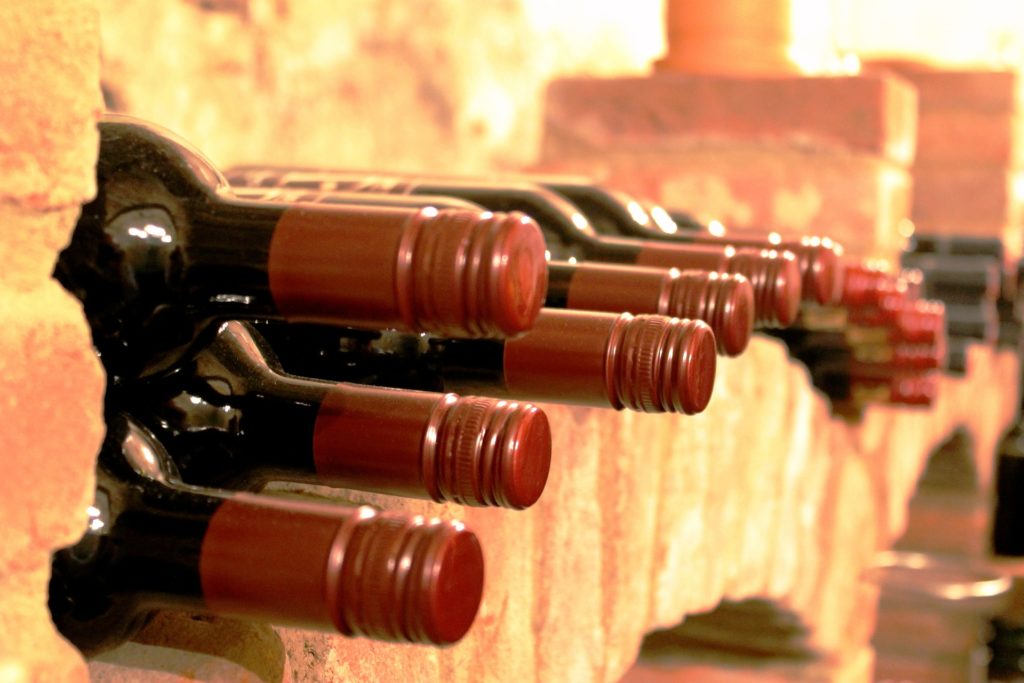If you’re a wine lover, you may stick to tried and tested favourites, or you might be willing to try pretty much anything. But have you tried fortified wine? And what exactly is it?
Fortified wine is differentiated from regular wine as it contains a distilled spirit. This can be brandy, whisky or others, and gives the wine a unique flavour. It’s also higher in alcohol and has more sugar than normal wine.
Why was fortified wine first made?
The idea behind fortified wine was originally to prevent it spoiling by upping its alcohol. Before modern refrigeration it was much more difficult to stop all kinds of produce from getting spoiled, including wine. It is fermented, which is a process that converts the grapes’ sugar into carbon dioxide and alcohol.
During this process, the distilled spirit is added at different times. This boosts the amount of alcohol in the wine and alters the flavour. If the spirit is added to the wine before fermentation is complete, the end result is much sweeter. If the spirit is added after the process is finished, it will be a drier end product.
Both dry and sweet fortified wines are traditionally served before or after meals as aperitifs or digestifs. They’re thought to stimulate the appetite and help digestion, which is why they assumed these roles over the years. Other types are commonly used in cooking to add extra flavour to dishes.
Types of fortified wine
The most common types of fortified wine include Port, Sherry, Vermouth, Marsala and Madeira. You’ve probably heard of all of these, but do you know the difference between them?
- Port wine originally came from Portugal, although it’s now made everywhere. Before the wine finishes the fermentation process, brandy is added, which gives a rich, sweet flavour.
- Sherry comes in lots of different kinds, depending on the grapes used. Traditionally dry, it can also be sweetened and serves as a dessert wine.
- Madeira originally hailed from the Madeira Islands in Portugal. It is oxidised and heated, with brandy added at different times during the fermentation process.
- Marsala is fortified with spirits after fermentation, leading to its unique, dry flavour.
- Vermouth is available in both sweet and dry versions and is a fortified white, flavoured with different herbs and spices. These include cinnamon and cloves but differ according to the brand. It’s the main ingredients of famous cocktails, including Martinis and Manhattans.
Fortified wine is higher in sugar and alcohol
Fortified wine has high levels of antioxidants, which are thought to protect against cell damage, and help fight some diseases. It is, however, higher in calories than normal wine. For example, Sherry contains almost twice as many calories as red wine, but as it’s served in smaller quantities than wine, this doesn’t necessarily cause a problem.
It also has higher levels of alcohol than normal wine, due to the addition of the distilled spirits. Fortified wines generally contain around 20% alcohol, while regular wine hovers between 10% and 15%.







